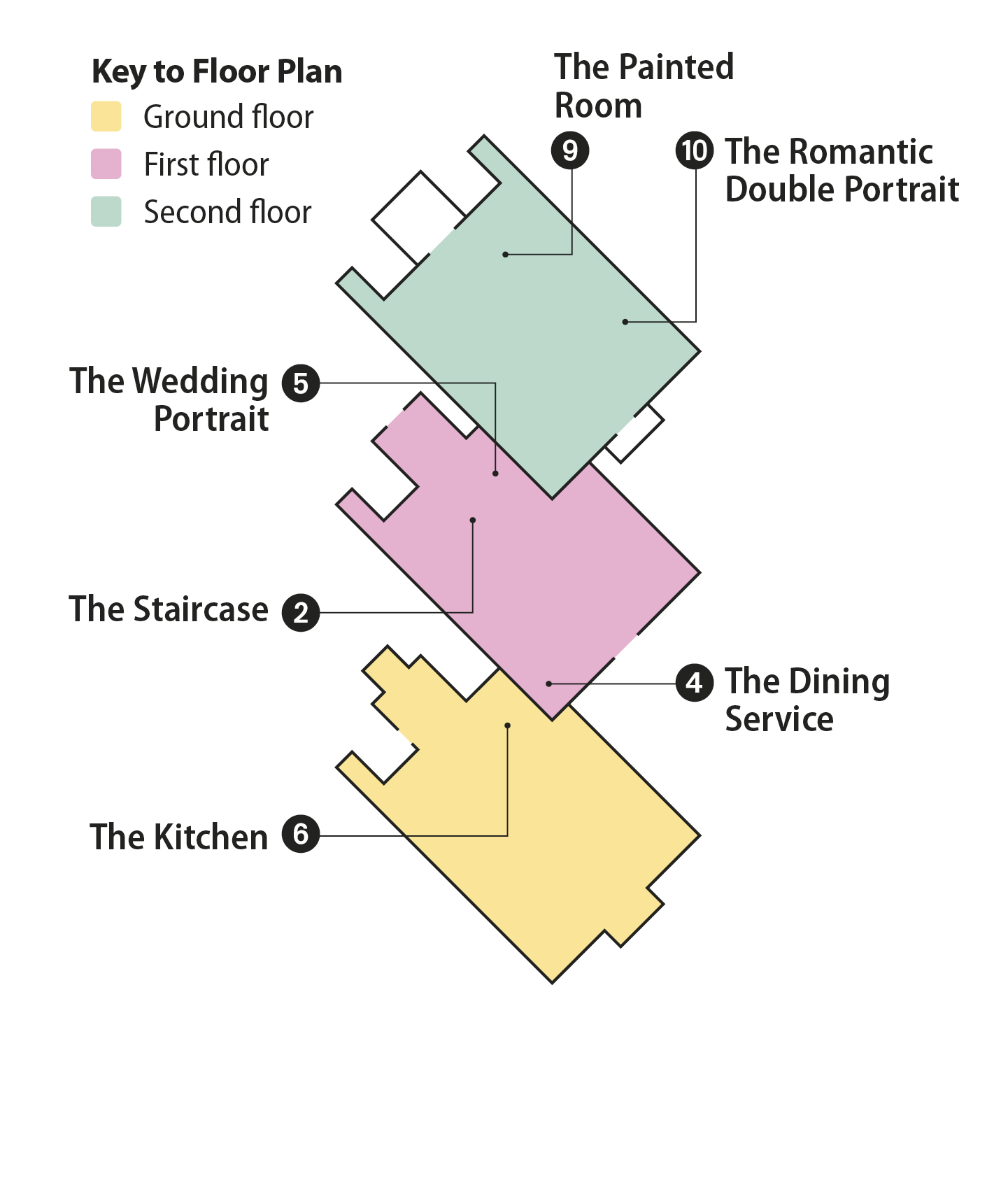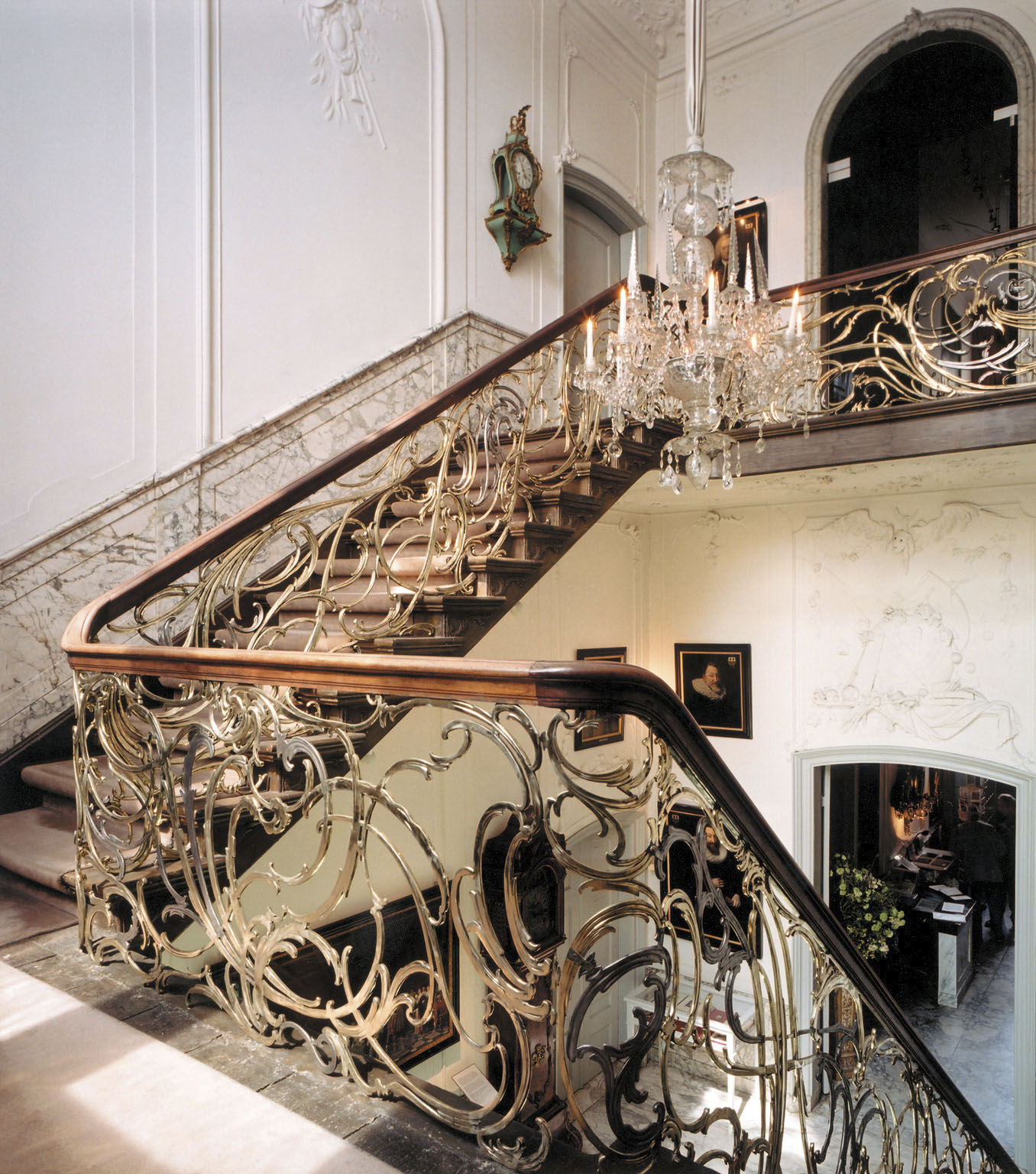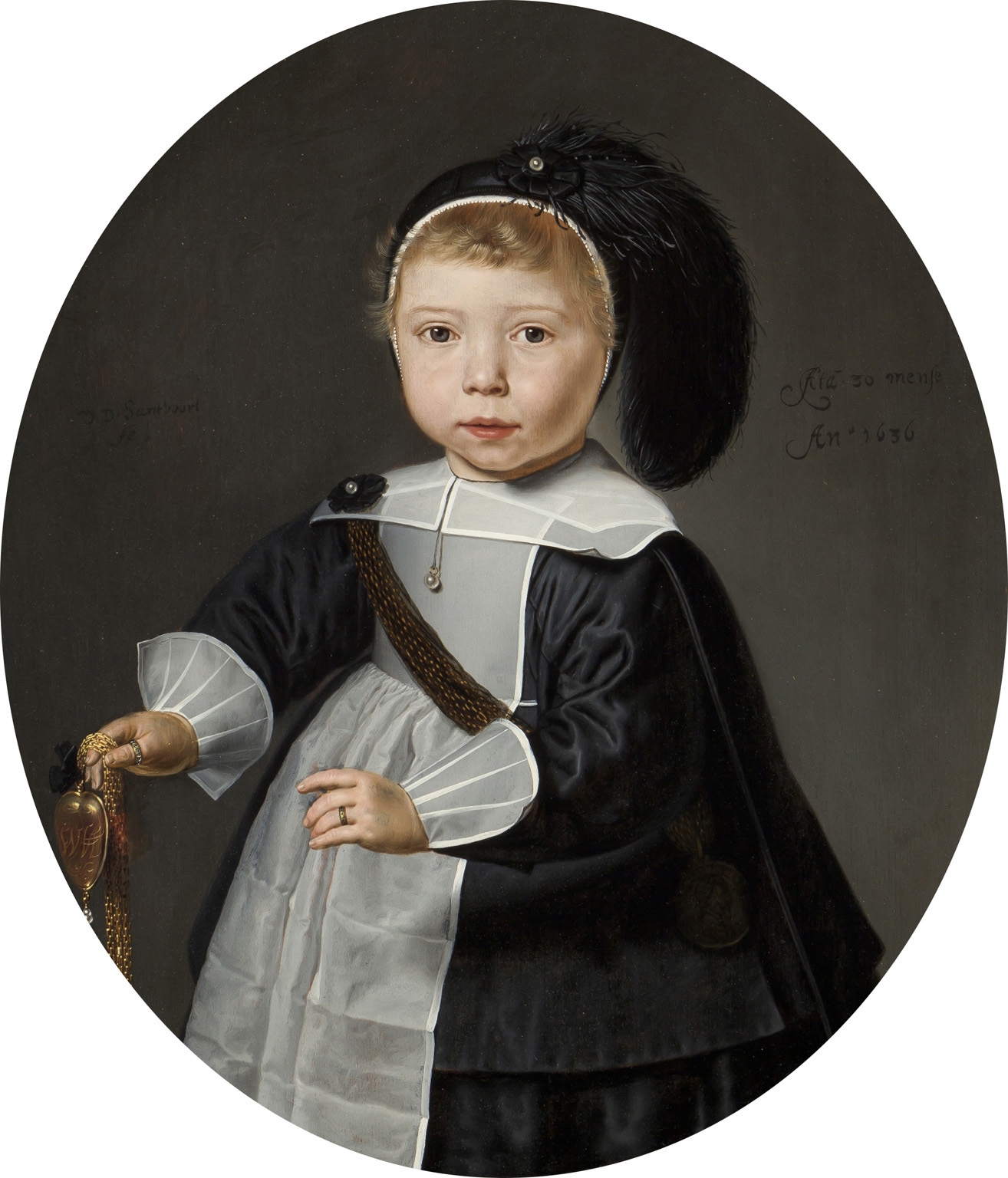
MUSEUM VAN LOON
Step back into the 18th century at this delightful canal house on Keizersgracht, which has been the property of the prestigious van Loon family (co-founders of the Dutch East India Company, later bankers and royal courtiers) since 1884. In 1973, the family—who still reside here—opened it to the public, having painstakingly restored it to its appearance in the 1750s, when it was owned by Dr. Abraham van Hagen and his heiress wife, Catharina Trip. It is beautifully furnished, with van Loon family possessions throughout.

The Garden Room
NEED TO KNOW
![]() Keizersgracht 672 • 020 624 5255 • www.museumvanloon.nl • Open 10am–5pm daily; closed Jan 1, Apr 27, Dec 25 • Adm $11; reduced $9
Keizersgracht 672 • 020 624 5255 • www.museumvanloon.nl • Open 10am–5pm daily; closed Jan 1, Apr 27, Dec 25 • Adm $11; reduced $9
![]() Guided tours on request.
Guided tours on request.
- There is a small café in the coach house that serves coffee, tea, and wonderful apple cake.
- Serene and elegant, the Museum Van Loon makes a perfect visit for adults, but it’s not so well suited to children. There is no wheelchair access.
Museum Guide
Visitors are welcomed as guests in a private house and encouraged to wander around freely. Temporary exhibitions of modern art and sculpture are displayed in the house, the garden, and the coach house. The museum also participates in the open Garden Days in June.

Museum Floor Plan
1. The Building
In 1672, Jeremias van Raey built two large houses on Keizersgracht. One he occupied, the other—No. 672, now the Museum Van Loon—he rented to Rembrandt’s most famous pupil, Ferdinand Bol.

The Building
2. The Staircase
The balustrade was installed by Dr. van Hagen, who had his and his wife’s names incorporated into the ornate brass work. When the canals ceased to freeze over regularly, the 18th-century sled in the hall became a plant stand.

The Staircase
3. The Coach House
The restored coach house has the family’s original coach and livery on display. Temporary exhibitions are held here.
4. The Dining Service
Rare 18th-century Dutch porcelain and 19th- century Limoges ware grace the dining room.
5. The Wedding Portrait
Golden Age painter Jan Molenaer’s first major commission in Amsterdam portrays the whole family. It’s a second marriage: the bride holds her stepson’s hand in acceptance, while the fallen chair symbolizes the groom’s deceased brother.
6. The Kitchen
Cozy and inviting, the basement kitchen has been restored to look as it did in a photograph from 1900.

Kitchen
7. The Garden
Laid out according to a plan of the property from 1700, the peaceful, sculptural garden ends in the false Neo-Classical façade of the coach house. This original amalgamation of canal house, coach house, and garden cannot be seen anywhere else.

The Garden
8. The Family Portraits
Portraits of the family are displayed throughout the house.

The Family Portraits
9. The Painted Room
Painted wall hangings such as the ones in this room featuring ruins, Classical buildings, and human figures were very popular in the 1700s.
10. The Romantic Double Portrait
Painted by J. F. A. Tischbein in 1791, this intimate, relaxed portrait of these van Loon ancestors is typical of the Age of Enlightenment, conveying love and happiness, as well as duty.
